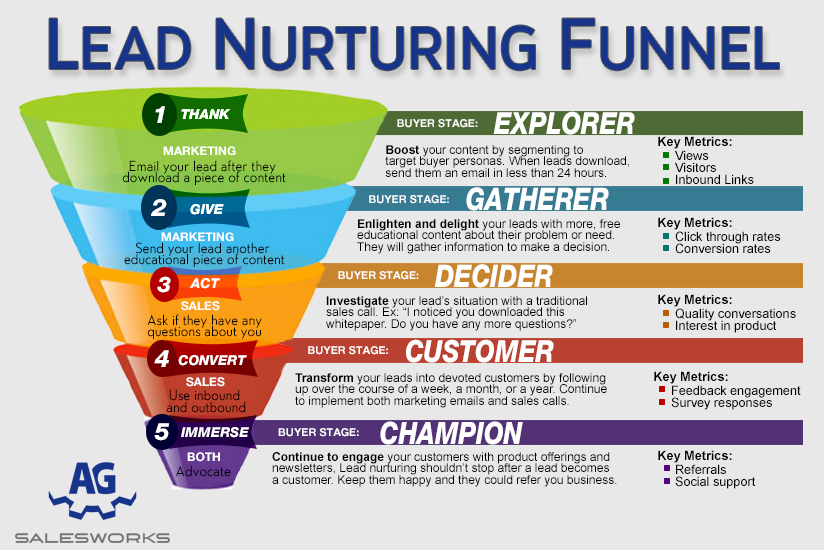Contents
Content writing is a unique, creative art form which requires the best of both artistic and scientific blends. While there is no “perfect” content out there, since content in itself is an intangible component; there are various parameters that are used to differentiate between a great content from the rest. Every writer has their own style of writing and I personally believe, that writers need to stick to their own style and approach. That is what essentially makes one write up different from that of the other. Uniqueness is a key parameter that defines the saleability of a freshly baked content. However, there are a few general guidelines that each writer can follow to effectively take up the art of digital content writing. As you might have guessed, a writer can be a best selling author or novelist, but that might not mean that he may also be as effective in writing contents for content marketing purposes. Here is a comprehensive Content Writing guide that our writers here at Saffron Edge use, to take inspiration from and create successful contents time after time.
1. Introduction or 'Hook'
The contents that work successfully in the digital domain need to be precise and to the point. Unlike the other forms of writing where we have a margin to write expanded (allegorical/personified) introductions before diving to the point to help in build-ups, we do not have that room in our contents that work for online blogs and guest posts. (Mainly because, the attention span of the users is 5-8 seconds). Therefore, The introduction needs to start up with a quick and effective 'Hook' that generates audience’s curiosity.The main focus of the topic should quickly be addressed within 1 or 2 paragraphs max.
How I do it:
I divide the Introduction into roughly 100-250 words (at max) wherein I try to encapsulate the topic synopsis and write a trailing sentence that leads the user further down into the post.
2. Main Content or 'Meat'
This is what makes or breaks the content. The industry-accepted structure of a good blog post has the main content points broken into 'subheadings' instead of playing out like a newspaper article. Subheadings help in providing appropriate pauses between consecutive points and also gives the audience the time to think about what each sub-heading (or sub-point is talking about). These subheadings need to be precise and catchy at the same time. Humor or pop references are welcome as long as they are aligned with the niche of the write up and their target audience.
How I do It:
When I attempt subheadings and pointers, my first approach is to try and relate each point to a real-life experience or example that is general enough for people to relate to. This helps in 2 folds:
i) Helps associate the user to the content
ii) Helps co relate the subject matter better and is also easy to understand at the same time.
I then go onto divide each pointer into paragraphs of 50-100 words at max, so that the audience doesn't get overwhelmed.
3. Conclusion or 'Climax'
Conclusion is like a recap of the entire subject matter that has been dealt with within the content so far. Additionally it should also provide the essence or value proposition of the content that the target audience would derive benefit out of. The conclusion often entails Call to Actions as well for instance: “to get an in depth understanding on the <subject matter> you can visit <page/site link> or <resource landing pages>”. This example is just basic. The better the call to actions are, the chances of improving user conversion or content follow through increases as well.
Other Guidelines regarding Content Creation
1) The language that we use for the US audience should be simple and consist of simple sentences instead of complex sentences. i.e. 3-4 sentences joined with conjunctions and additives or pauses are not recommended since such a structure tends to make the piece less readable and comprehensible for the general audience. It also increases the risk of making grammatical errors and miscommunication of the message that we are trying to send out. While, this is not a necessary parameter for a successful blog content; it is highly recommended.
2) Adjectives and Adverbs should be used far and few. The American and other global audience, lacks the attention span to read fancy narratives when engaging in online content. They also do not trust any content that have too many descriptions or adjectives to define the point in question.
Example:
a. Instead of using “The scenery outside the Premium Villa is so very fascinating that it takes your breath away” you can use “The scenery outside the Premium Villa is breathtaking.”
b. Instead of using “We provide the very best service in the industry that you can’t imagine.” you can use “We provide the best service in the industry.” or “We provide quality services that money can buy.”
3) It is a healthy practice to not target a specific word count while starting out a topic. These days the Google algorithms prefer deep content and favors contents above 700-800 words on an average. However, it is not necessary that every 1000 word post generates heavy traction while every 500 word post generates none. Quality, Simplicity, Readability, and the information is what ultimately distinguishes between a good content and a great content.
4) Another effective way to improve content quality is to pose questions to the reader instead of just stating your point and wrapping up. The essential difference between any article and a blog is that a ‘blog’ is a form of communication between the user and the blogger (blog writer) and it needs to have the right amount of ‘human touch.’
My Tip: I often use personal narratives such as “I” “You” “We” etc. This helps the user feel that the blog is talking or addressing to each individual and helps them engage more with the content.
One of the reasons why blogs are preferred over articles or news pieces is the fact that articles, news pieces etc. are information-laden and behave like manuals or nuggets of knowledge that you may find in text-books. That is not what the audience is looking for when on the web. The audience wants to read and entertain themselves while digesting the information that is out there. Blogs help serve this purpose.
5) While there are thousands of blog posts being published every day, only some blogs make it through to the top. From the writing perspective, we need to build a solid foundation or “trustability” for the facts that we are putting forward in our content.
An effective way to increase trustability to your content is to substantiate the facts with evidence. The image below is a screenshot of an article that I had written previously. You can find how I have used a link on a word or a phrase contextually, to substantiate a data without blatantly advertising the link (which is considered as spamming in the Google guidelines)

Here in the image if you notice the highlighted text “Panda 4.2 refresh” from one of my past articles, has a hyperlink to another piece of content which is contextual and also helps substantiate my statement. If as a user, I’m interested in knowing what that article talks about, i could simply click on it and visit the article, of which you can find the screenshot below.
 The key here is to not over do the linking. Keeping it precise and relevant will give you bonus points in your endeavor as an authoritative blogger.
The key here is to not over do the linking. Keeping it precise and relevant will give you bonus points in your endeavor as an authoritative blogger.
6) Last but not the least - Revision is the key. No matter how many tools we use to streamline our work process the inevitable fact remains that, “Tools will be tools and Human Intelligence will prevail” (at least for the near foreseeable future). Manual Revision helps us review the written content from a contextual point of view which is quite complex for programmed tools to function upon.
I have personally tried various tools such as Grammarly and Hemmingway App. to test out intentional and unintentional grammatical mistakes to check for their accuracy and have realized that 10% errors always remain.
At the end of the day, clients or readers can not trust any content, no matter its value proposition, if they are grammatically inaccurate. So it’s always a best practice to manually revise and correct the written content before publishing or sending it out.
The ultimate marketing toolkit
Related Blogs
We explore and publish the latest & most underrated content before it becomes a trend.
2 min read
7 Hacks Where Your Inbound Marketing Can Improve Lead Nurturing
By Praveen Kumar
Subscribe to Saffron Edge Newsletter!

The ultimate marketing toolkit










